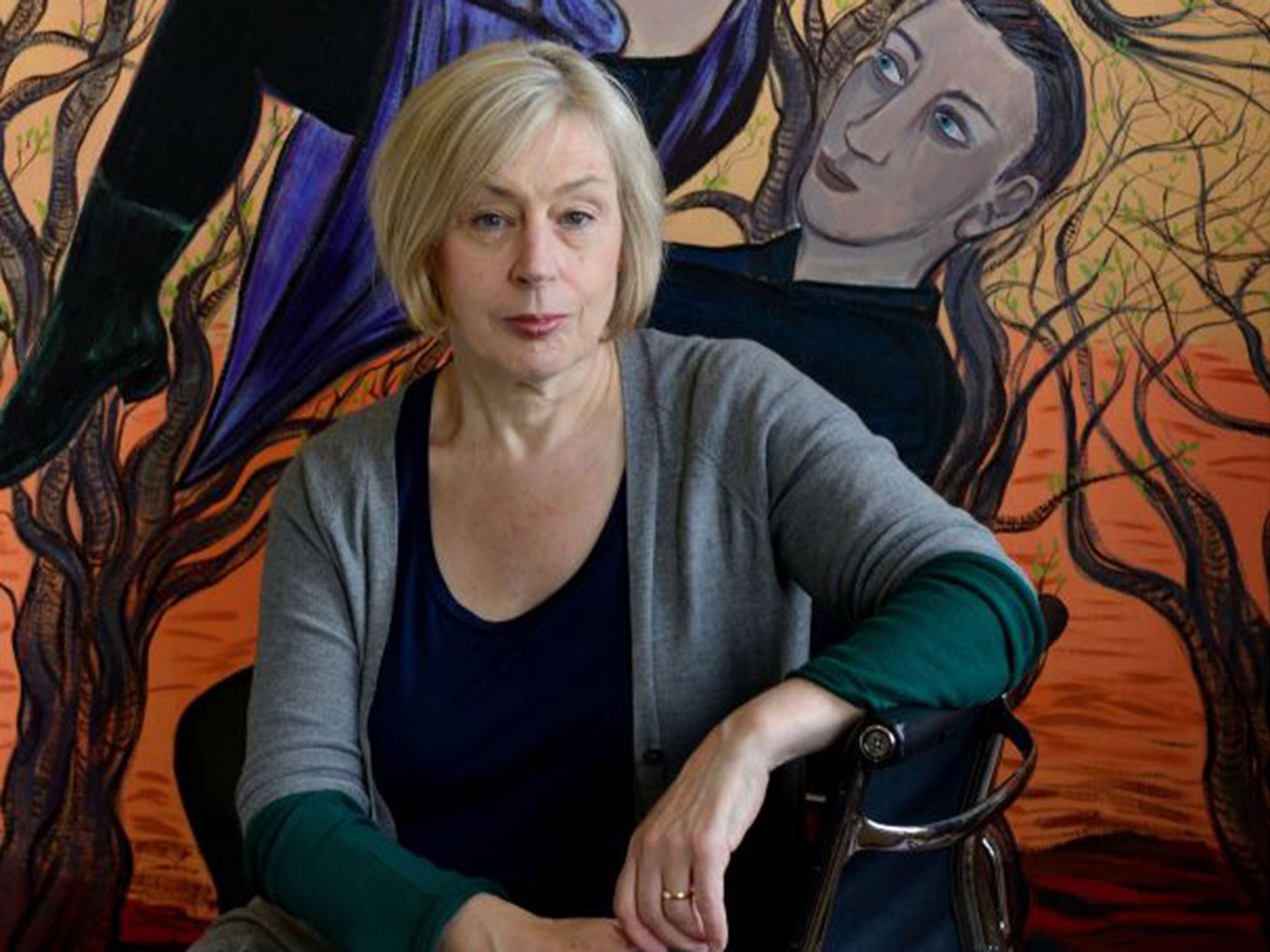Should galleries display more art by women?
Eileen Cooper, the Royal Academy’s first female Keeper wants a quota system to ensure equality between male and female members

One of the Royal Academy of Arts’ most senior figures has called for a quota to ensure equality between the balance of male and female members. Eileen Cooper, the first woman to be appointed to the role of Keeper of the Royal Academy in 2011, also thinks that national collections should display more works by women artists.
“We have amazing artists emerging from art schools and the women and the men are as strong as each other,” she says in the summer edition of the RA magazine, but adds that the women subsequently tend to have less exposure and success. “Why are women’s voices not seen as being interesting?”
The Keeper, who is responsible for the RA’s art school, is elected from among the Royal Academicians. “I would have preferred not to get involved,” she says. “But the statistics are so ridiculously shocking.”
In 2011-12, about 62 per cent of arts and design students in the UK were female. That year an audit of London Galleries found that just 31 per cent presented work by women.
“Unless you think that women make worse art, you must conclude that the art world fails female artists,” she says, adding that “institutions, including the RA, should consider some type of quota, formal or informal”.
Of the 125 current Royal Academicians, only about a fifth are women. “All these statistics really shocked me. I never realised things were that bad. Outstanding women are overlooked, and we need to bring them to attention.”
The problem is perpetuated among the biggest galleries in the country, which should be buying more living women artists, Cooper explains. Last year, only 21 per cent of the works by living artists bought by the Tate were by female artists. “They should buy more work by women and display more.”
It becomes a vicious circle. “Because women artists aren’t as widely collected by the museums they aren’t as widely known or promoted as much. It’s great when women fly, like Cornelia Parker and Tracey Emin, but there is still a lot to think about.” The good news is that the RA is up for the discussion, she says. “No one is rolling their eyes when it comes up.”
One unique issue that female artists face, Cooper insists, is art history “which is overwhelmingly about male artists”.
She adds: “My worry is that unless we challenge preconceptions today as strongly as possible, in 100 years’ time younger generations will look upon 21st-century art as a male pursuit, in the same way that we now regard earlier art.”
There has been a similar issue in the US, with Los Angeles artist Micol Hebron highlighting the issue of inequality between the genders on display in galleries with her feminist art project Gallery Tally.
Meanwhile, as part of the drive to get artists to calculate galleries’ gender ration, artist Cara Despain calculated that the total percentage of female artists in galleries in LA and New York was just 32.3 per cent.
Yet Helena Morrissey, who chairs the RA’s corporate board and has been an advocate for women in the boardroom, disagrees with Ms Cooper . Morrissey, chief executive of Newton Investment Management, oversees the UK Thirty Per Cent Club, business leaders aiming towards 30 per cent of board directors on FTSE 100 companies, but says positive discrimination is unproductive.
“It would be potentially counter-productive to have women represented in exhibitions, collections or institutions who did not deserve to be there,” she says.
One artist who appears to have changed his views on women artists is Georg Baselitz. The German painter had dismissed female painters, saying they were not as good as their male counterparts.
Cooper subsequently challenged him on it, and told of how he held his head in his hands and reeled off a list of women artists he admired. “Maybe he had been forced to revaluate,” she says.
Subscribe to Independent Premium to bookmark this article
Want to bookmark your favourite articles and stories to read or reference later? Start your Independent Premium subscription today.

Join our commenting forum
Join thought-provoking conversations, follow other Independent readers and see their replies